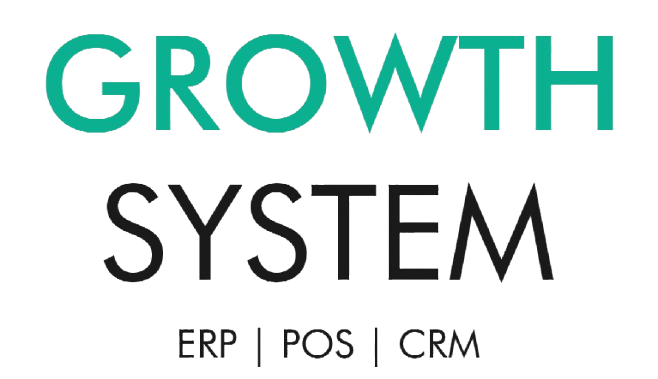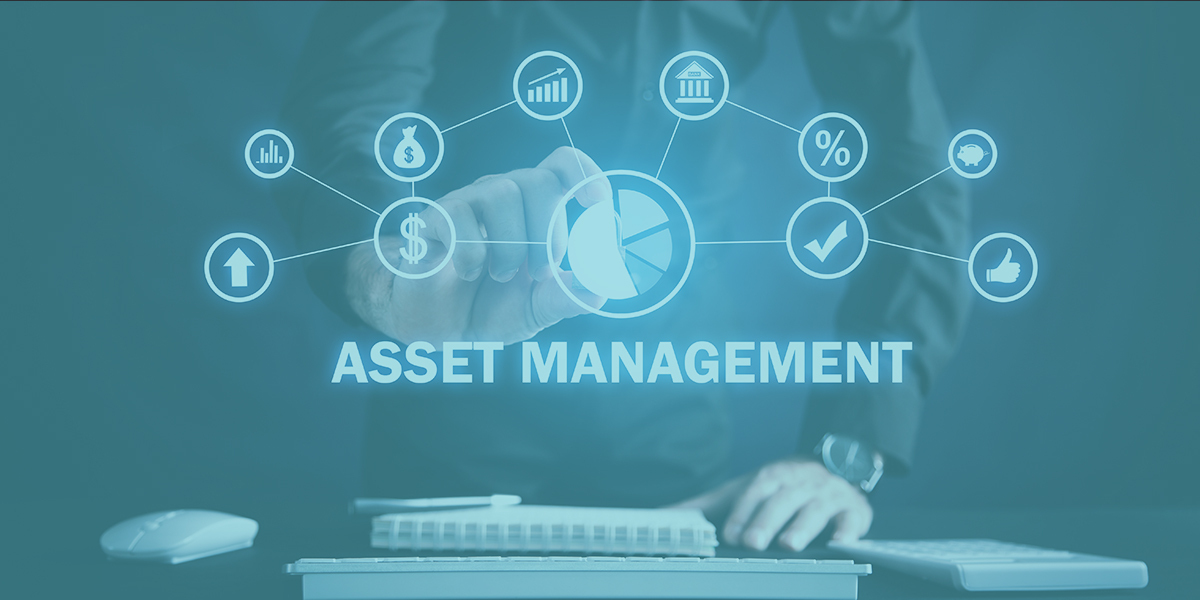An Asset Management System (AMS) is a software application or platform used by businesses, organizations, or individuals to track, manage, and optimize their assets throughout their lifecycle. The purpose of an asset management system is to ensure that all assets—whether physical (like machinery and equipment) or digital (like software or intellectual property)—are accounted for, maintained, and utilized effectively, helping to increase efficiency, reduce costs, and improve asset lifespan.
Key Features of an Asset Management System
Asset Tracking:
- An AMS provides tools to track the location, status, and condition of physical or digital assets in real time. It often uses barcodes, RFID, GPS, or QR codes to facilitate asset tracking.
Inventory Management:
- The system helps businesses maintain a clear record of all assets, including quantities, values, and locations, ensuring that assets are not overstocked, underused, or lost.
Lifecycle Management:
- AMS supports the entire lifecycle of assets—from procurement and deployment to maintenance, repair, and eventual disposal or decommissioning. This ensures that assets are utilized to their full potential and managed cost-effectively.
Maintenance and Service Management:
- An important feature is tracking the maintenance needs of assets, scheduling preventive maintenance tasks, and managing service requests. This helps reduce downtime and extend the life of assets.
Depreciation Tracking:
- The system tracks asset depreciation for accounting and tax purposes. It ensures accurate calculation of depreciation, helping businesses adhere to financial regulations and assess asset value over time.
Asset Procurement:
- AMS can manage the procurement process for assets, from requesting and approving purchases to creating purchase orders and tracking orders through suppliers.
Asset Auditing and Compliance:
- The system can automate the auditing process, helping to ensure that asset inventories are accurate and that assets comply with relevant regulations and standards, reducing the risk of audits and penalties.
Financial Reporting:
- Asset management systems provide detailed financial reports on asset costs, valuations, and performance. These reports help businesses assess the return on investment (ROI) and make informed financial decisions.
User Access and Permissions:
- AMS allows different levels of access, ensuring that only authorized personnel can modify or access certain asset information. This adds an extra layer of security and accountability to the system.
Integration with Other Systems:
- An effective AMS integrates with other enterprise systems, such as Enterprise Resource Planning (ERP), Customer Relationship Management (CRM), and accounting software. This ensures seamless data flow and more efficient business processes.
Mobile Access:
- Many modern asset management systems offer mobile apps, allowing users to access asset information, perform audits, and manage tasks remotely using smartphones or tablets.
Real-Time Data and Alerts:
- AMS provides real-time updates on asset status, usage, and condition. Alerts and notifications can be set up to remind users of upcoming maintenance, asset expiration, or other key dates.
Risk Management:
- Asset management systems help identify and mitigate risks by tracking the condition of critical assets and ensuring they are maintained properly. It can also help in disaster recovery by identifying key assets that need immediate attention during a crisis.
Customizable Dashboards:
- Many AMS platforms offer customizable dashboards, providing users with a clear overview of asset performance, status, and key metrics in real time, tailored to the user’s role.
Asset Disposal and Retirement:
- The system can also handle the retirement and disposal of assets once they are no longer useful or cost-effective. It helps businesses ensure proper disposal procedures, including compliance with environmental regulations.
Benefits of an Asset Management System:
Increased Efficiency and Productivity:
- Automation of asset tracking, maintenance, and procurement processes minimizes manual work, reduces errors, and increases operational efficiency, leading to cost savings and improved productivity.
Extended Asset Lifespan:
- Regular monitoring and preventive maintenance ensure that assets remain in good condition longer, reducing the need for costly repairs or replacements.
Cost Control:
- An AMS helps organizations optimize their asset usage, preventing unnecessary purchases, minimizing downtime, and reducing operational costs by ensuring assets are properly managed and utilized.
Compliance and Risk Mitigation:
- By tracking and managing assets in compliance with regulatory standards, AMS helps reduce risks related to audits, fines, or penalties and ensures adherence to industry best practices.
Improved Decision-Making:
- With accurate, real-time data on asset performance and financial status, businesses can make more informed decisions regarding investments, budgeting, and asset replacement.
Better Resource Allocation:
- Businesses can ensure optimal allocation and utilization of their assets, preventing underutilization or overuse and improving overall resource management.
Transparency and Accountability:
- By offering detailed records and reports on asset ownership, status, and maintenance history, AMS enhances transparency and accountability within an organization.

Book your session now
- Choose an available time slot for your tutor
- Choose one-on-one or Group Sessions
- Choose a time slot and click "Book session"
- Proceed order, confirm, and start learning!
Tips for a Smooth Booking Experience
- Before booking, read our Terms and Conditions
- Need help? Visit How booking works
- View our Privacy Guidelines for information
- Have questions? Check our FAQ section.
- For session costs, review our Pricing guidelines.
- Read our Cancellation policies for cancellation procedures


